April 6, 2024
New Episode: Climate-Resilient Habitats
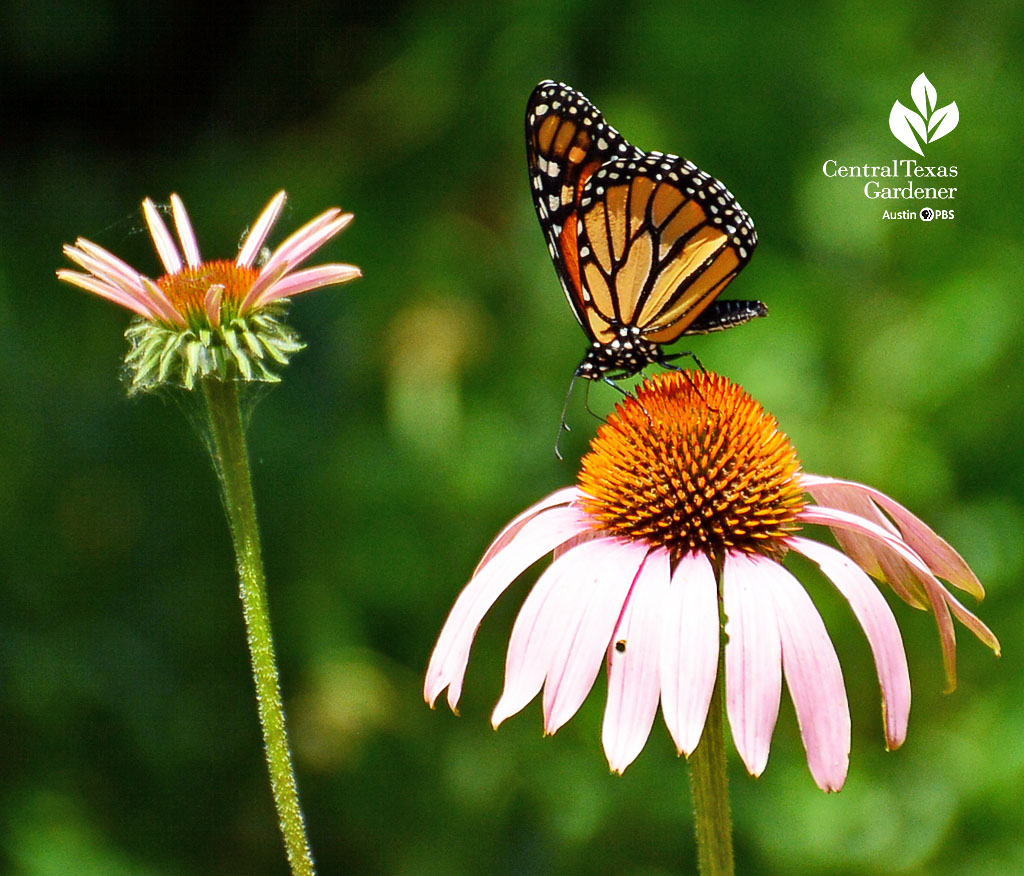
“A climate resilient habitat is about providing local wildlife with the right mix of native plants that will prevent the effects of climate change becoming worse, but also will cope at this moment with the effects of climate change,” Rebeca Quiñonez-Piñón tells us this week.

Rebeca, Climate-Resilient Habitats Program Director at the National Wildlife Federation, joins John Hart to explain how we can help wildlife adapt to the new normal, right in our own yards.
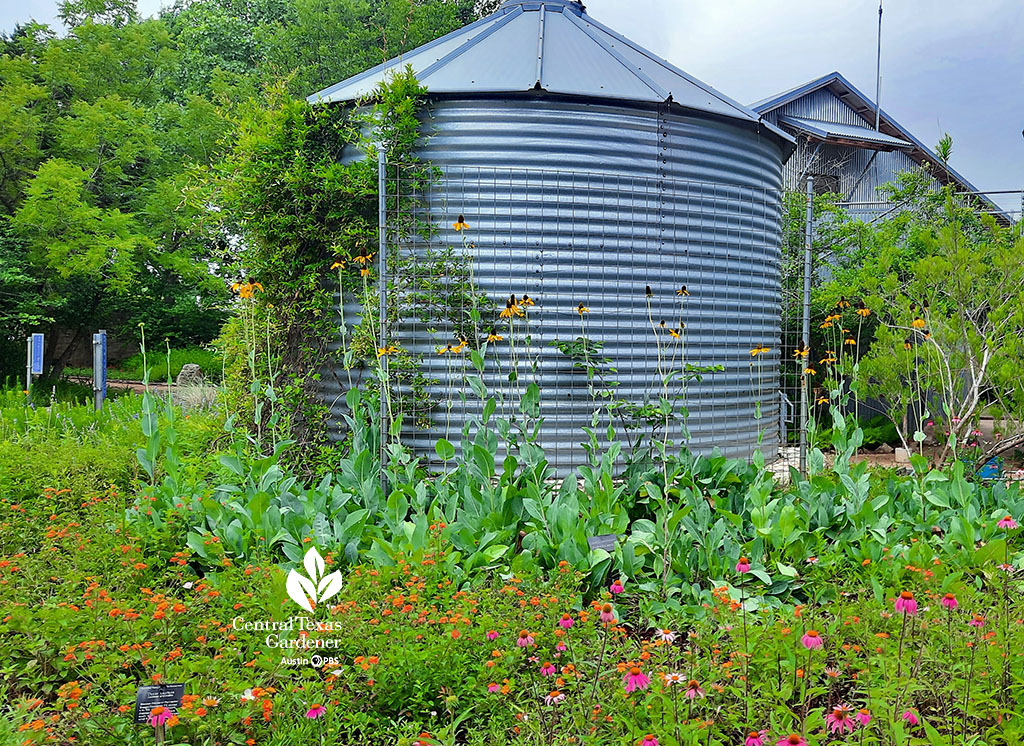
April 14 is National Gardening Day, though we plant many of our perennials and our trees in fall to get roots established before heat gets us! Still, now’s when many plants are available. At the Wildflower Center, purple coneflowers mingle with lantana, giant coneflower, and vining Carolina jessamine, a fragrant spring bloomer. Just keep new plants watered as we head into heat!
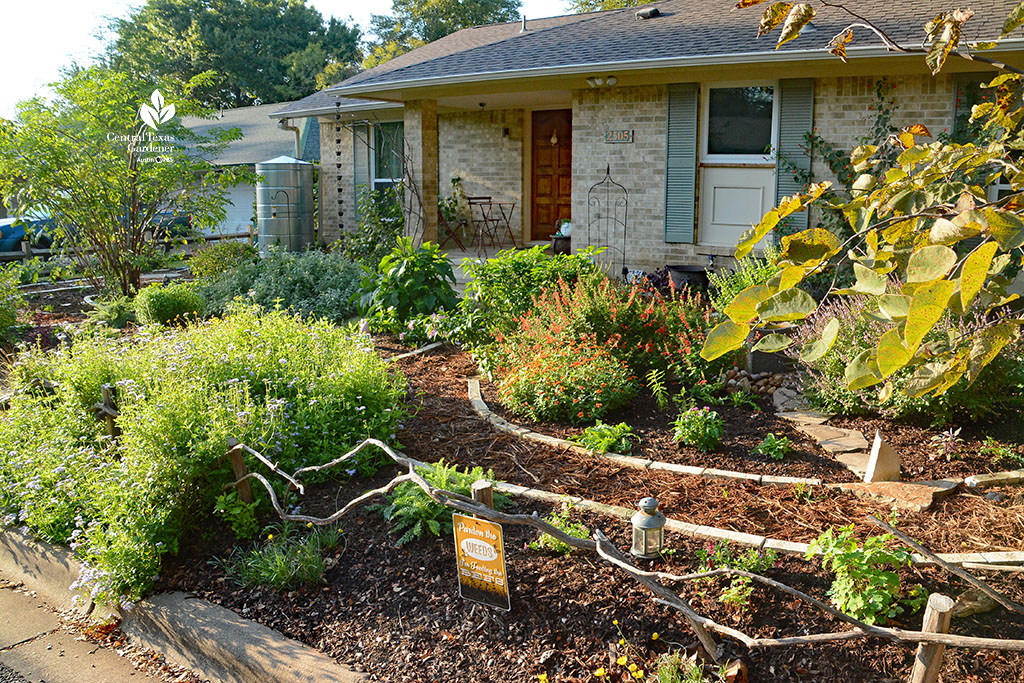
As urban areas become more fragmented, every yard and even every balcony or patio container garden makes a difference to foster generations of all kinds of wildlife.
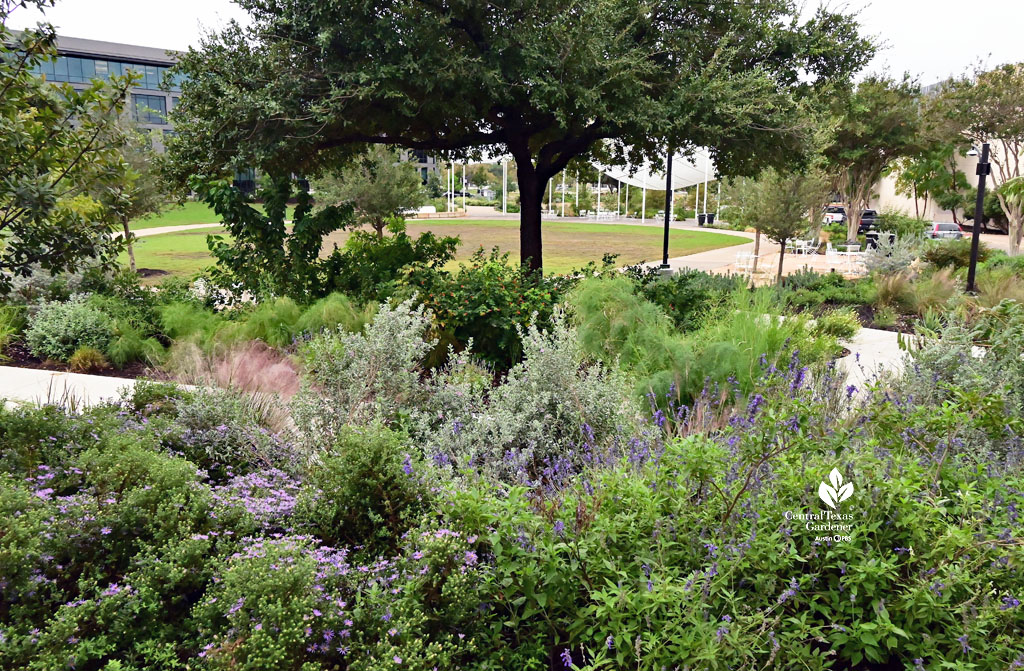
“Urban areas can be beneficial to native wildlife species if climate-resilient native habitats are included within each city’s infrastructure,” Rebeca notes. “Converting vacant lots, roadsides, city parks, and residential yards into green spaces with native plants will enhance the capacity of local wildlife to adapt to climate change and increase habitat connectivity.”
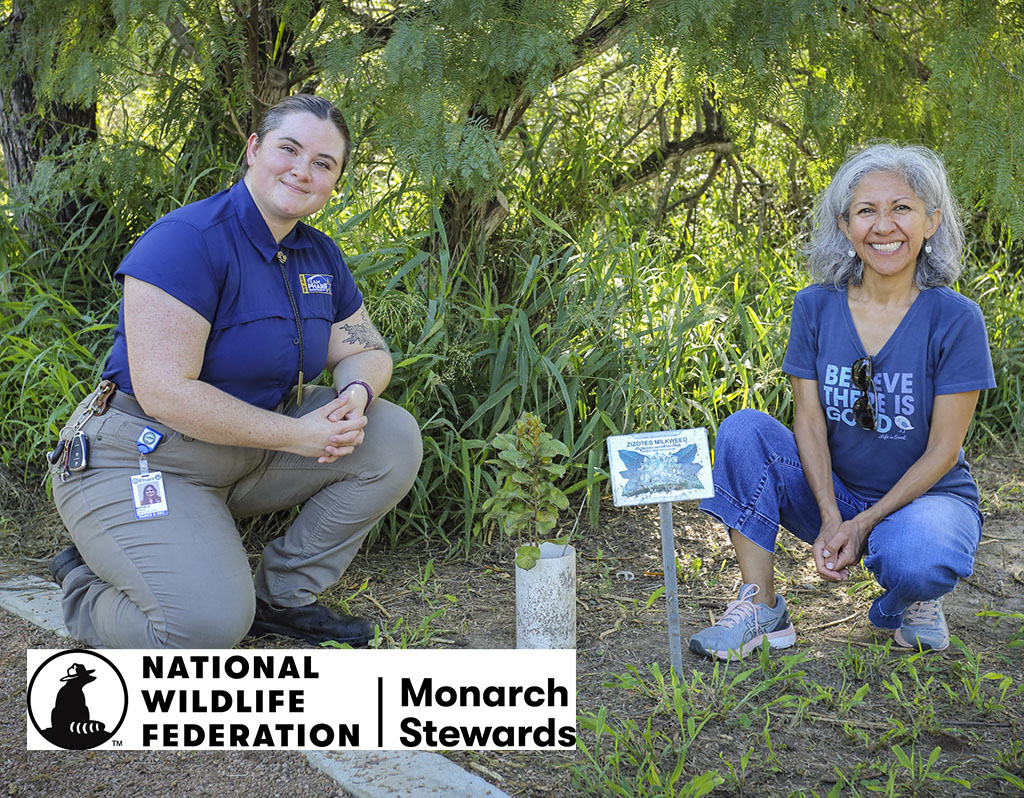
As a Monarch Recovery Specialist, Rebeca works with volunteers—including in Hidalgo County—to restore habitat, both through flowering plants for adult butterflies and milkweeds, the host plant for their caterpillars.
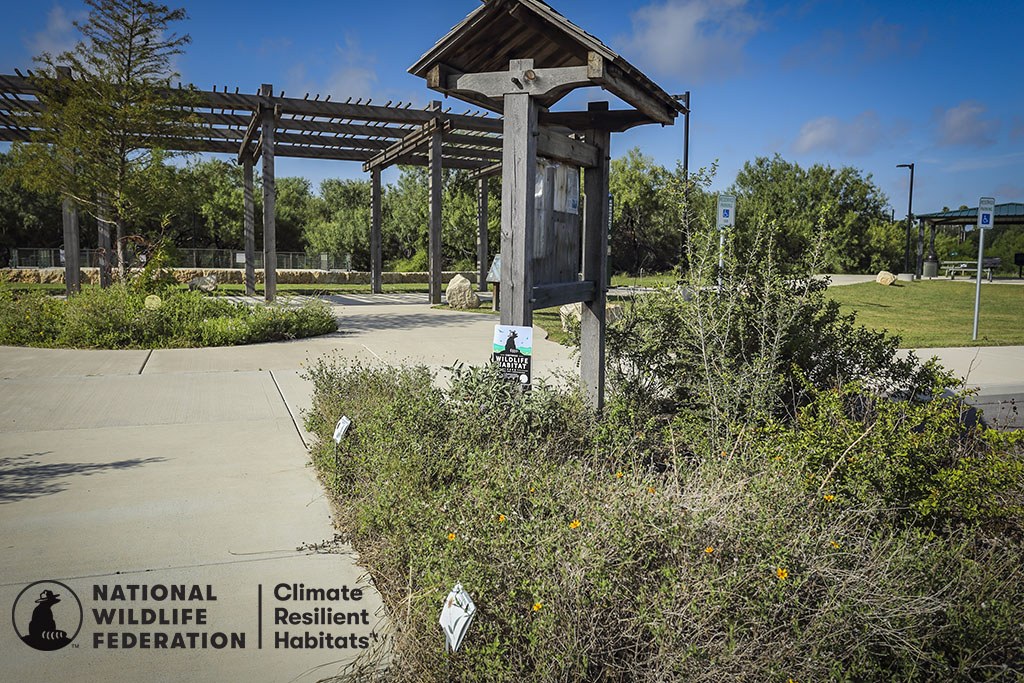
Of course, avoid pesticides! If you must use a caterpillar control for tomato hornworms, be careful not to spray other plants that can be host plants for many butterflies and moths. NOTE: even “organic” pesticides can harm birds and all insects, including bees.
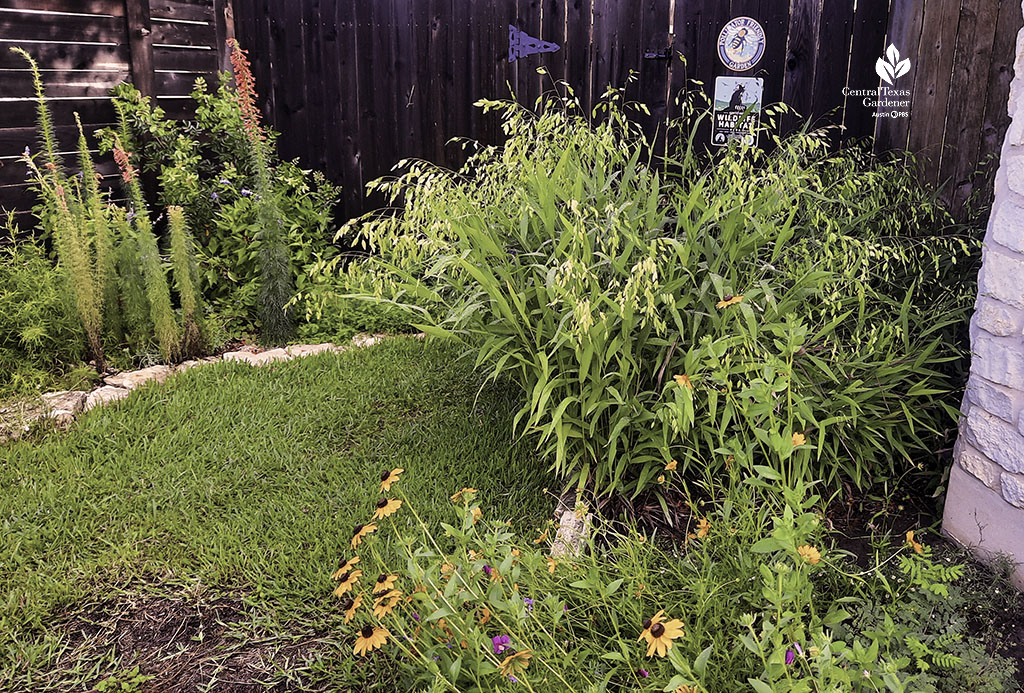
To support wildlife, add food, water, and shelter. Diverse wildlife will take care of any “pest” problems! Learn how to become a NWF Certified Wildlife Habitat.
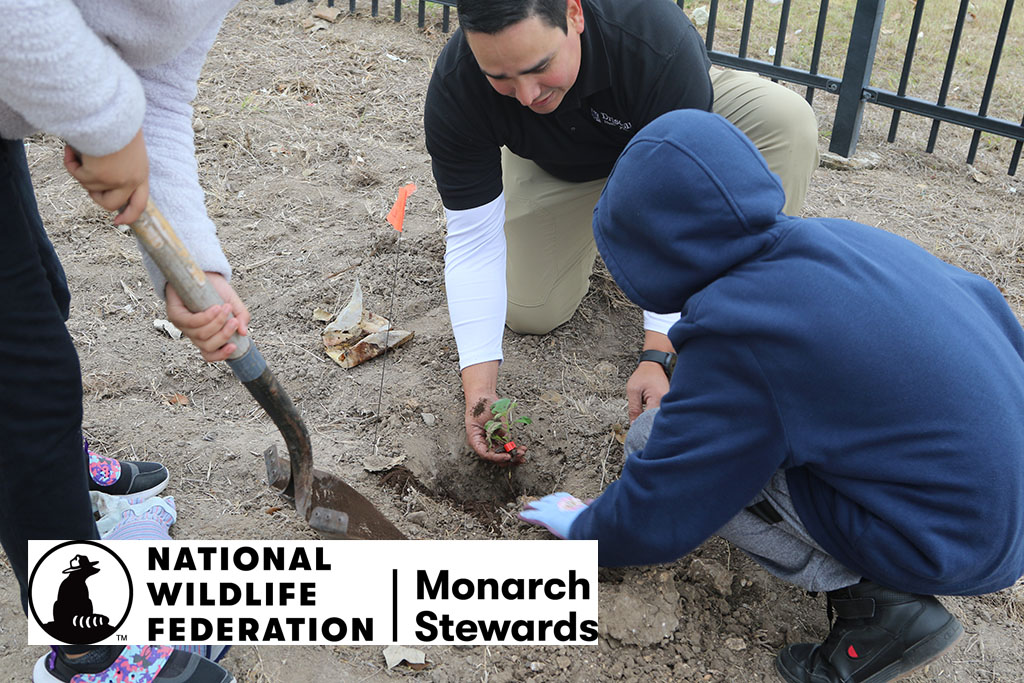
Become a NWF Monarch Steward and/or Citizen Scientist.
Check out NWF’s Native Plant Finder.
Explore the Wildflower Center’s comprehensive lists.
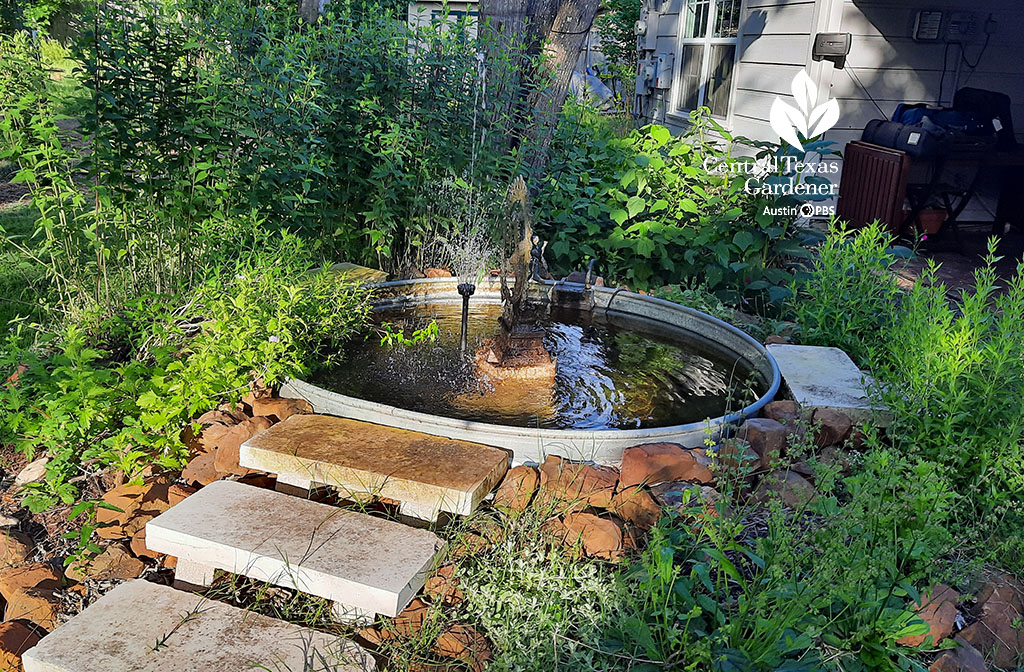
On tour, we visit Mansi Parikh and Aditya Prasad (and pup Tina) in their Certified Wildlife Habitat. When a baby was on the way, they had big plans for their first garden in 2021 until harsh weather and novice mistakes sent them back to the drawing board. Read the blog post.
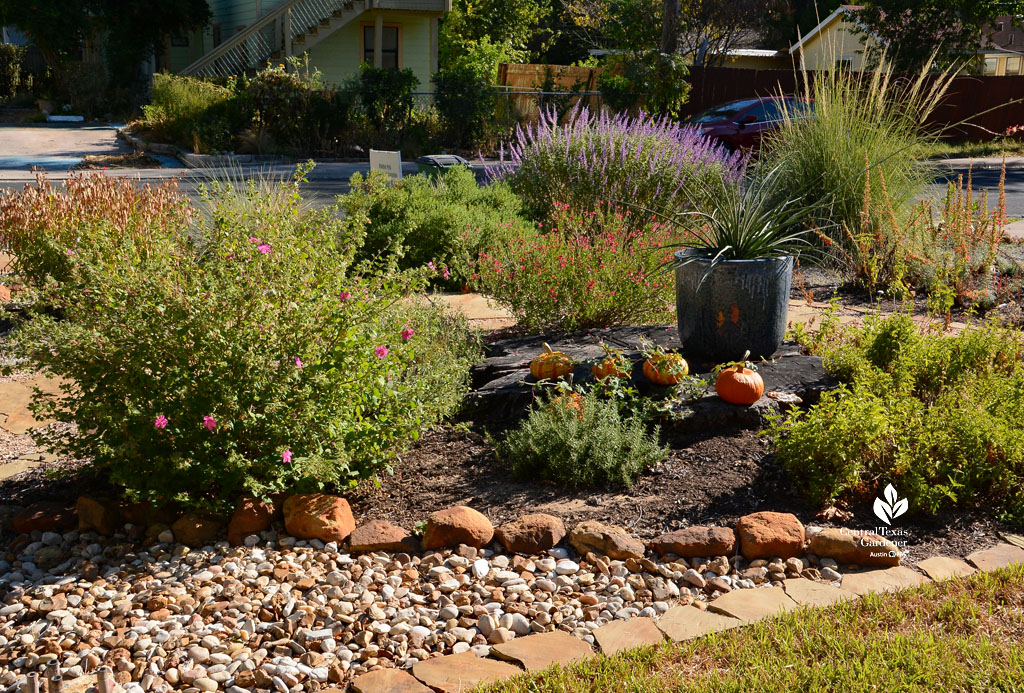
One size (or soil) does not fit all plants. Daphne explains why your soil type matters. In this east Austin garden, there’s rock rose (Pavonia lasiopetala), salvias, muhly grasses, and inland sea oats. (Asters out of view.)
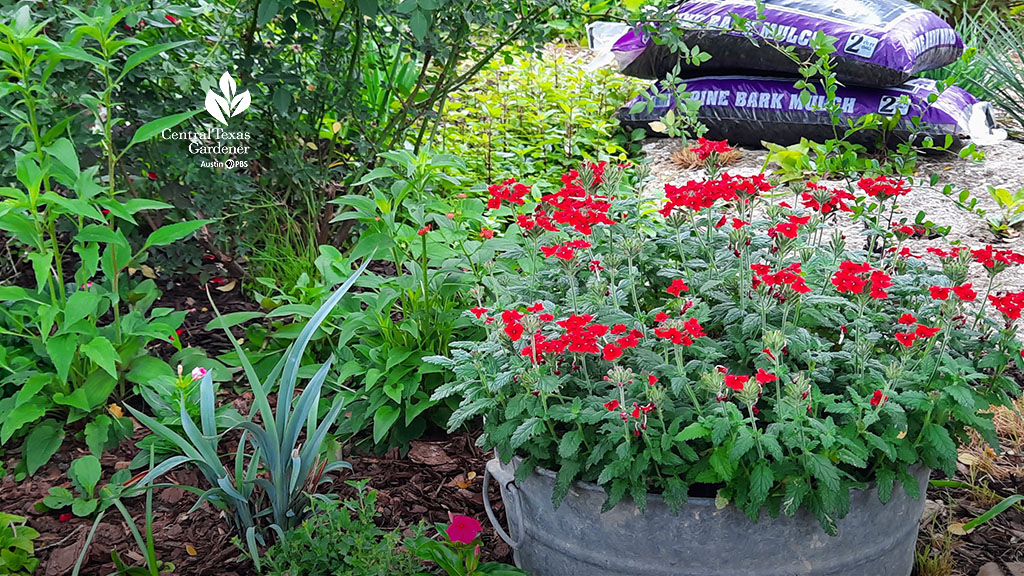
She also breaks down the difference in soil, compost, and mulch. “Soil is made up of three mineral components: sand, silt, and clay. If you’re lucky, you may also have some naturally occurring organic matter in your soil, but if not, you can work some in by incorporating compost into your yard and garden beds,” she says.
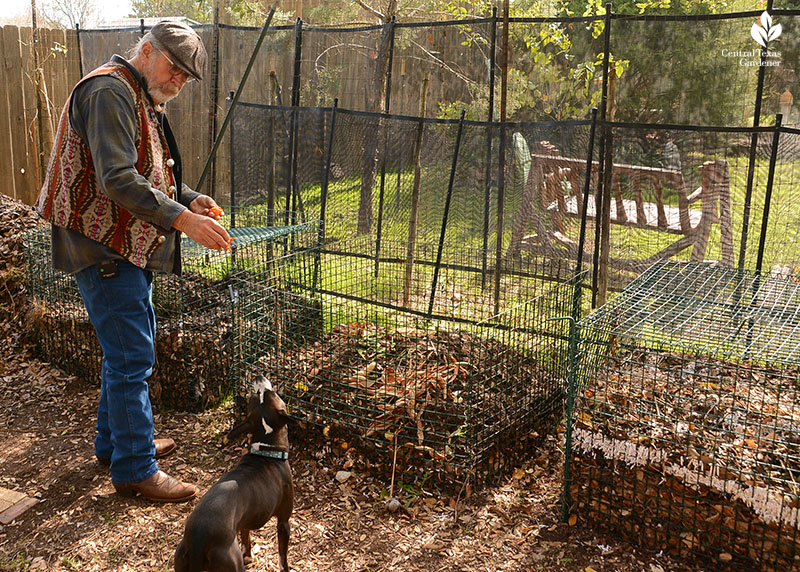
Compost, depending on the ingredients used to create it, is virtually 100% organic matter, meaning that all the materials that went into creating it were once alive—like leaves, grass clippings, and, sometimes, manure.
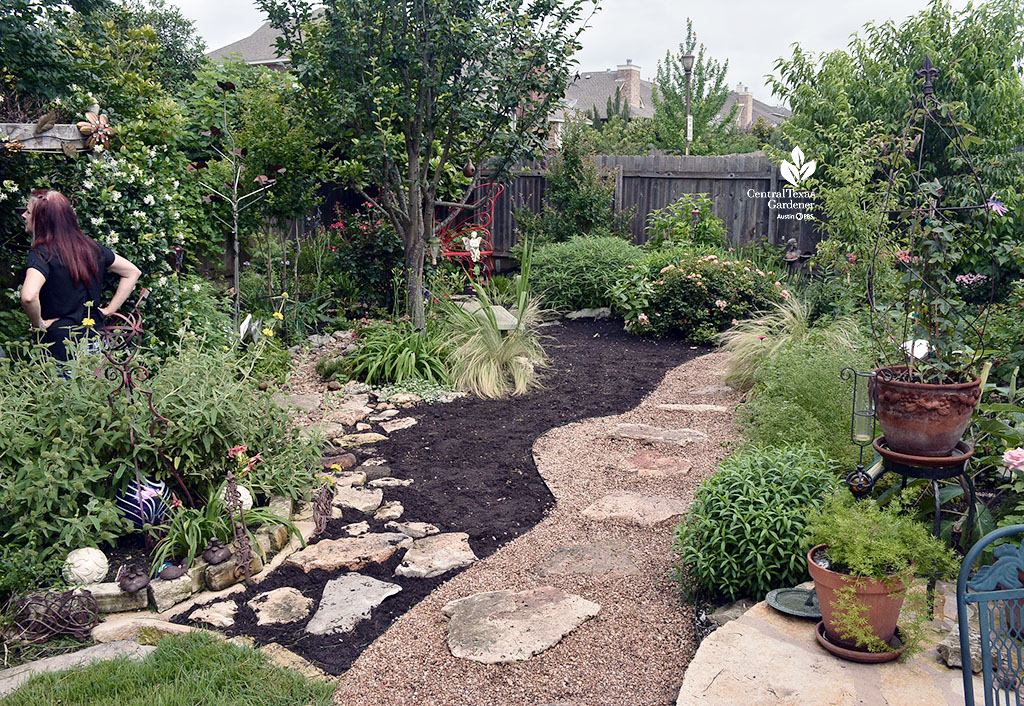
Mulch is also usually 100% organic matter, but it isn’t broken down to the level of compost. The larger aggregate material of most mulches serves as a protective layer on top of the soil, helping to keep it insulated from extreme cold and heat, and helping it to retain moisture by serving as a barrier between the soil below and the drying forces of the sun and wind above.
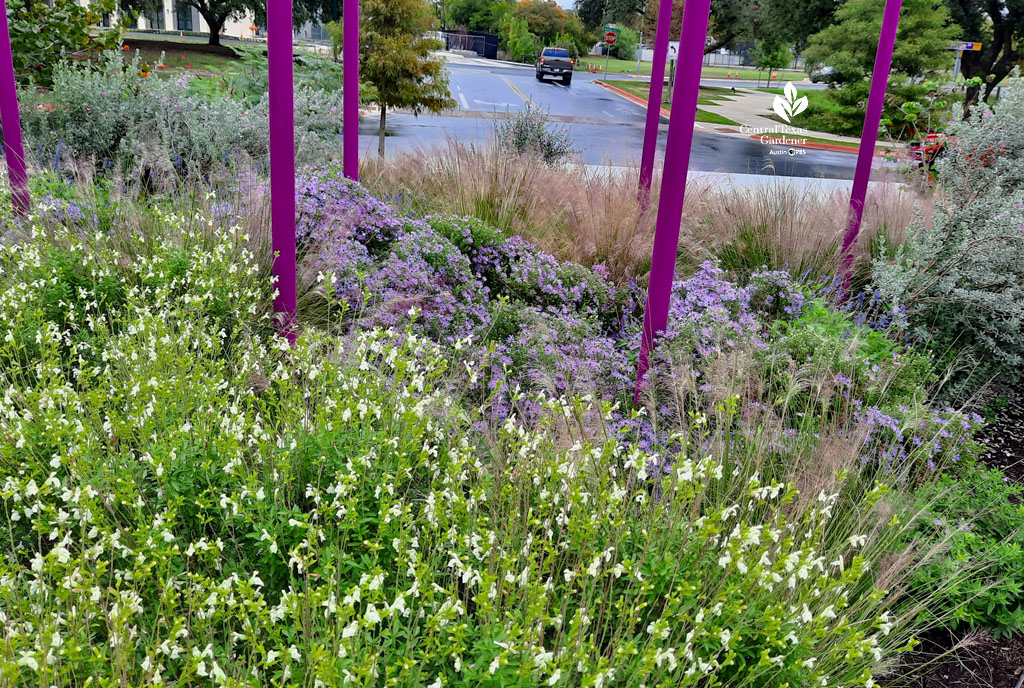
Autumn sages (Salvia greggii) are blooming now just in time for returning hummingbirds, along with bees and butterflies. Shaping and cleaning them up in February keeps them healthy and full of flowers. We can trim again after this bloom cycle and again in late summer for fall blooms right along with the asters.
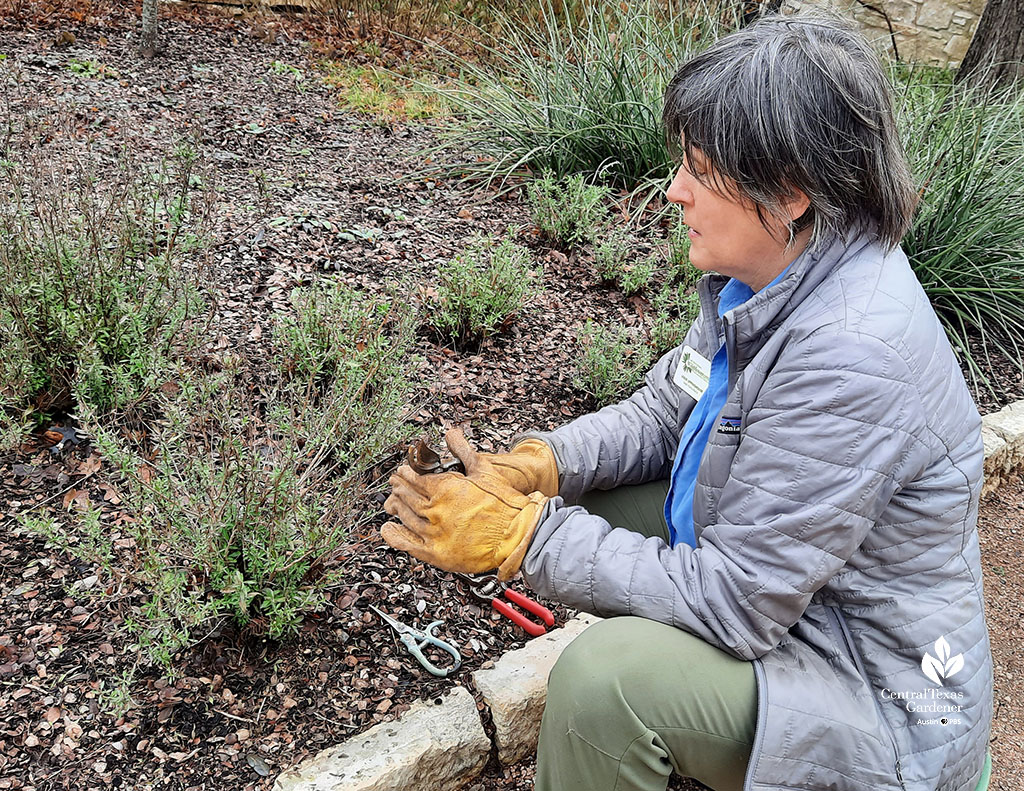
To show us how, we met up with horticulturist Leslie Uppinghouse at the Wildflower Center.
Watch now!
Thanks for stopping by! See you next week, Linda
tags:

